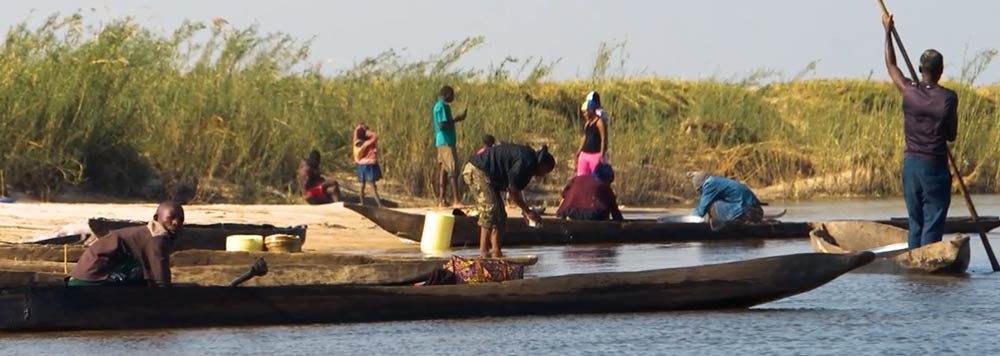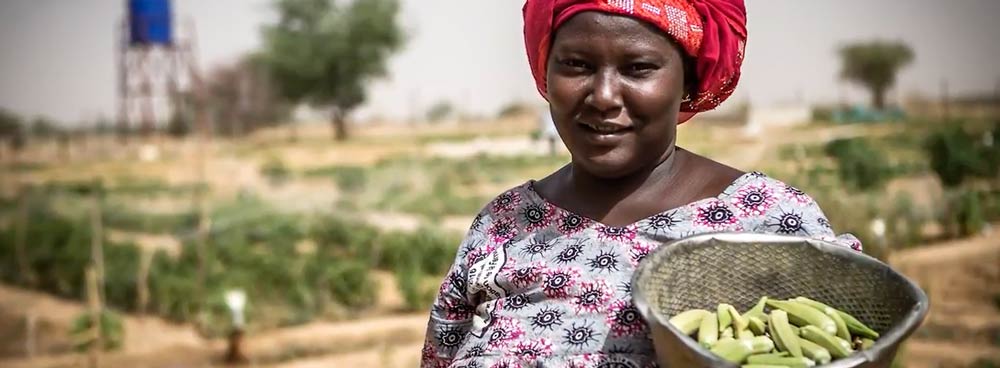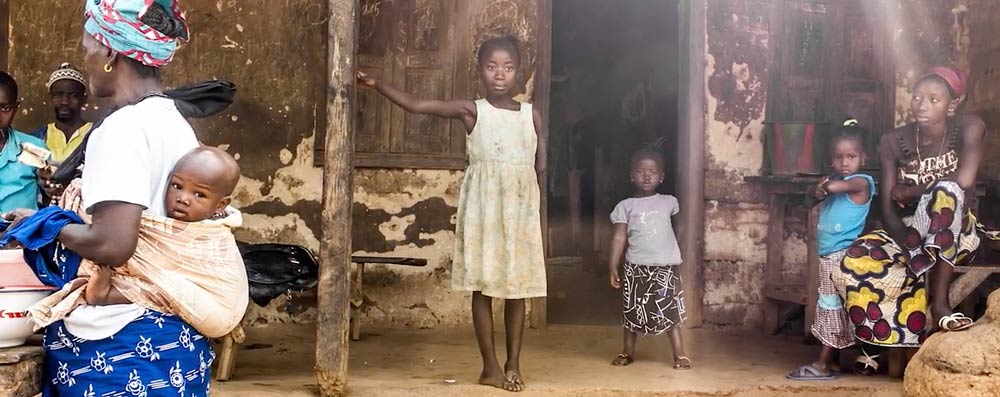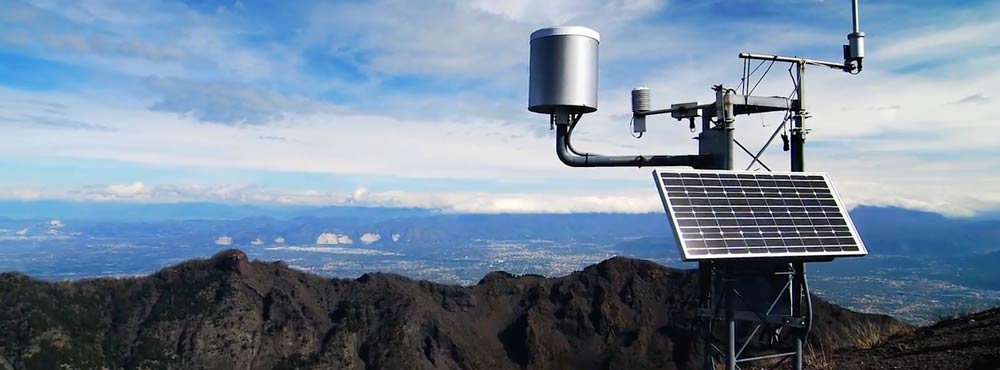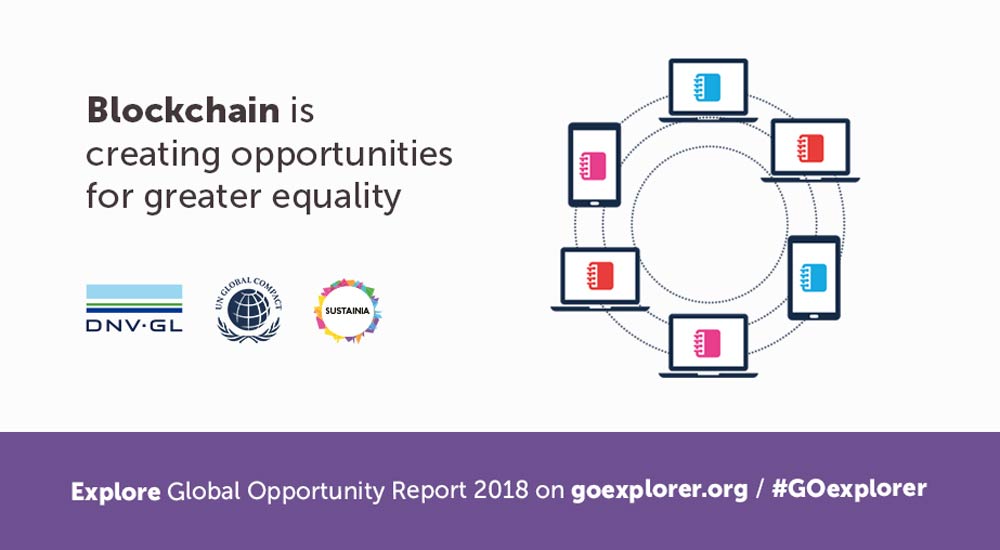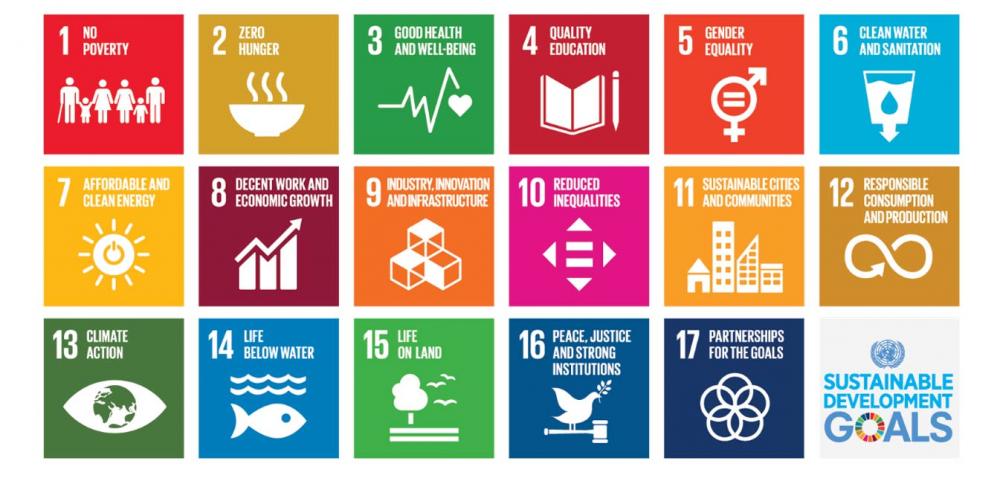
Jean Todt, FIA President, Claudio Orrego, Governor of the Metropolitan Region of Santiago, Juan Espadas Cejas, Mayor of Seville, Alejandro Quintana Hurtado, President of Automóvil Club de Chile and Alejandro Agag, CEO of Formula E Holdings, opened the FIA Smart Cities Forum in Santiago de Chile, on February 2.


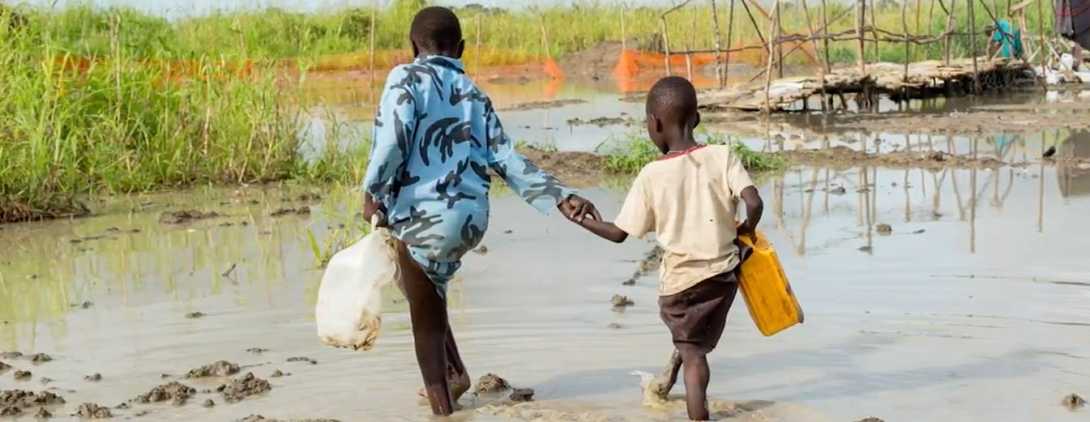


 Module 1: Introduction to climate change adaptation, agriculture and food security
Module 1: Introduction to climate change adaptation, agriculture and food security


